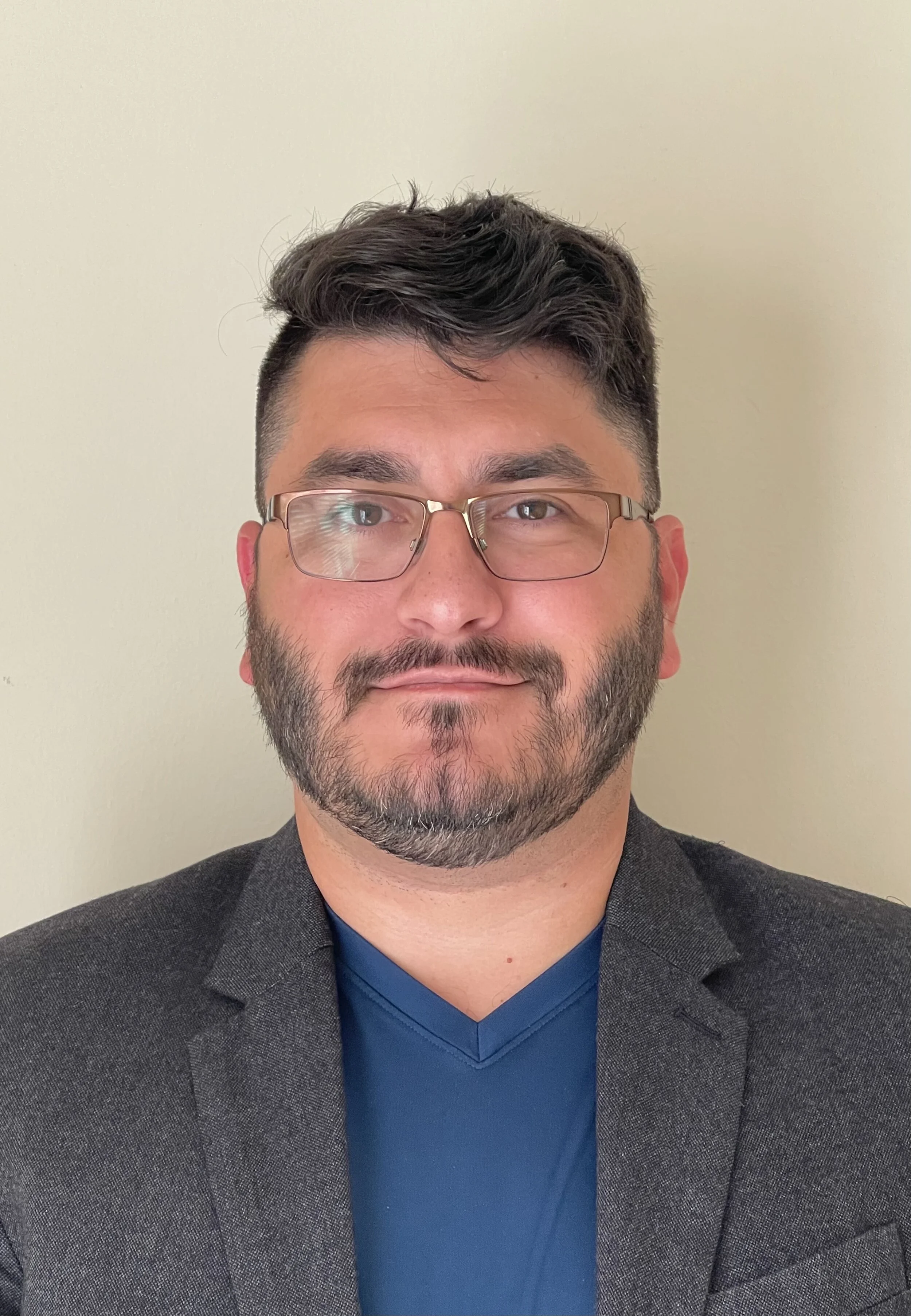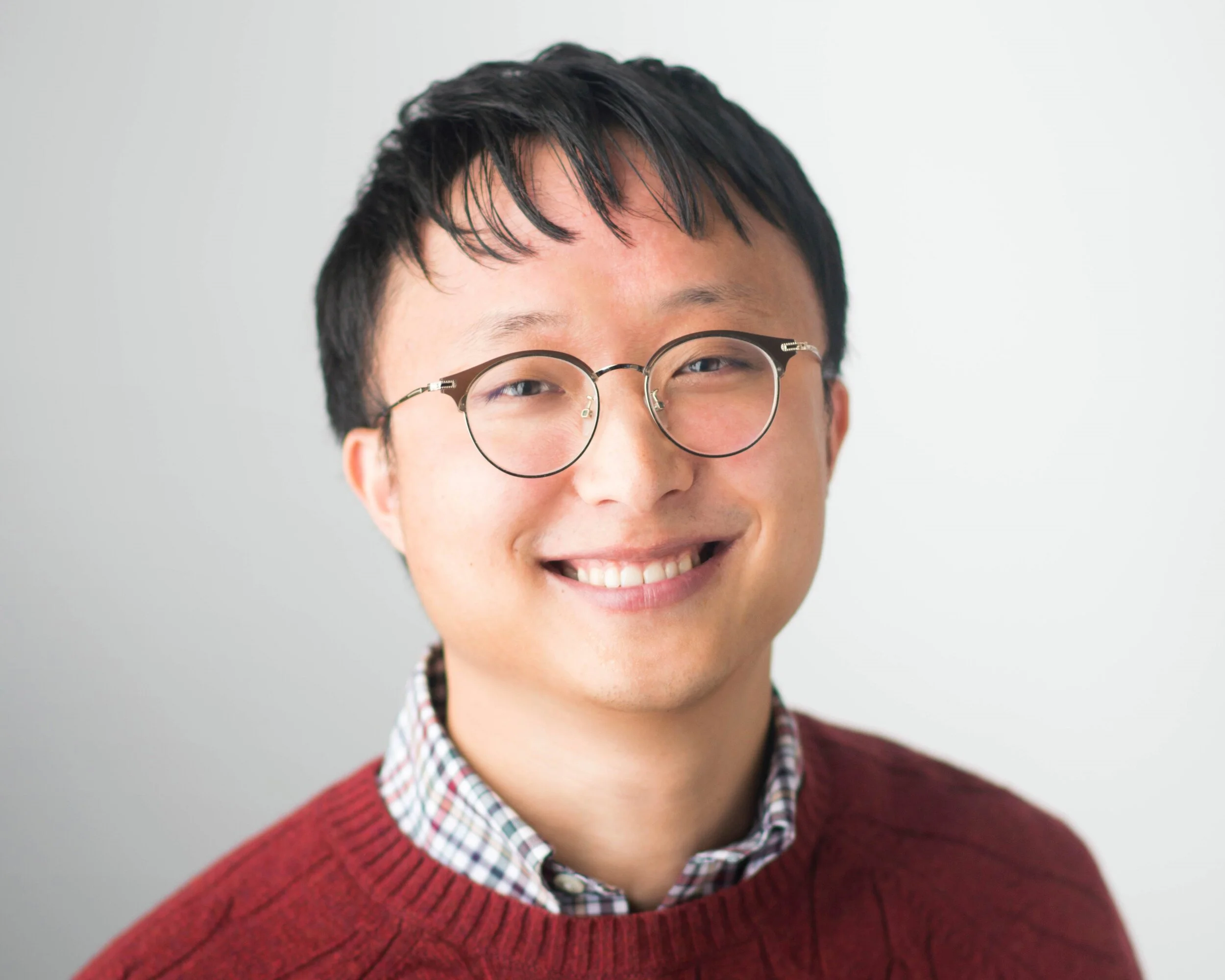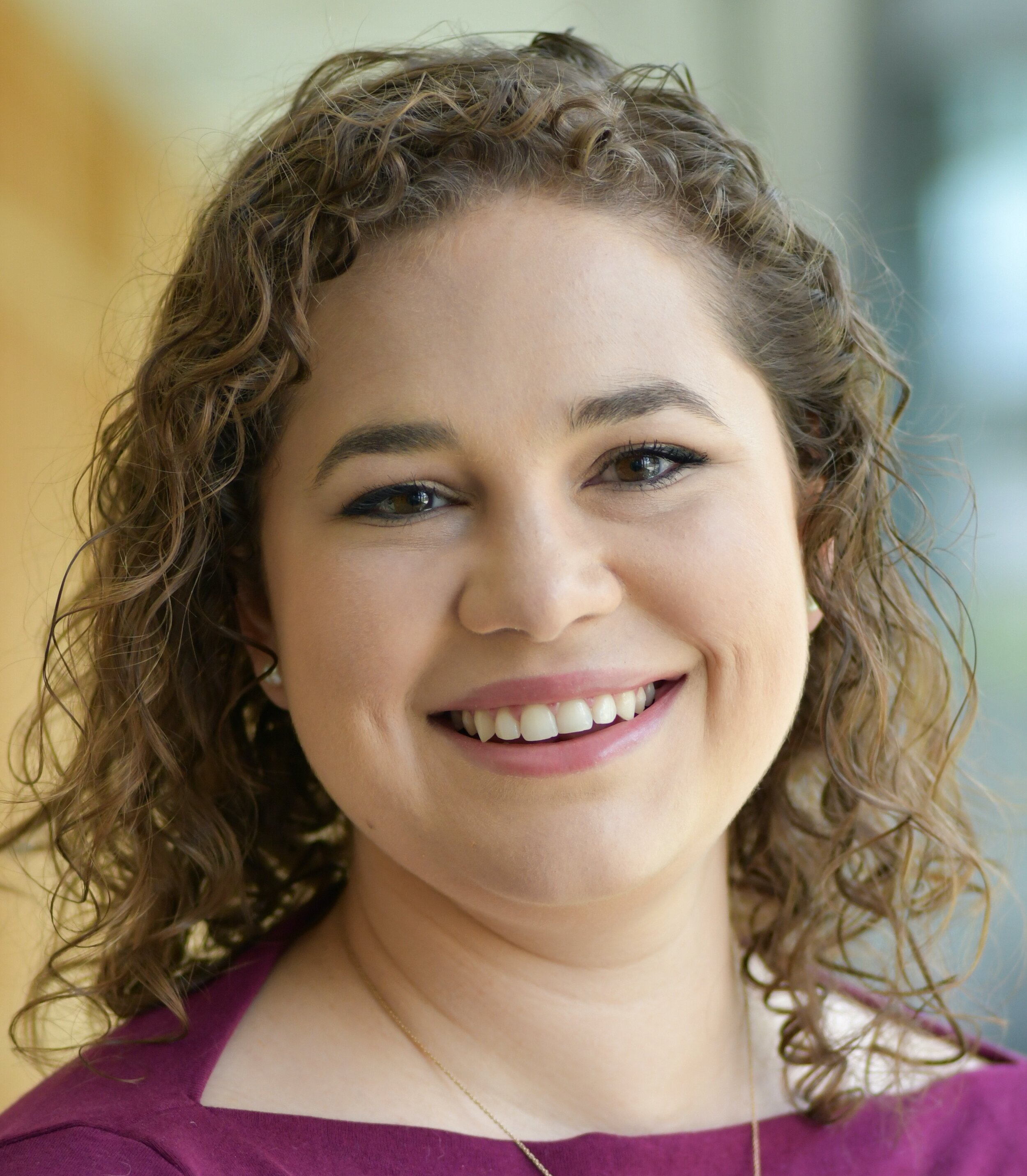Arizona State University
The role of unipolar brush cells in vestibular circuit processing and in balance
The cerebellum receives vestibular sensory signals and is crucial for balance, posture, and gait. Disruption of the vestibular signals that are processed by the vestibular cerebellum, as in the case of Ménière’s disease, leads to profound disability. Our lack of understanding of the circuitry and physiology of this part of the vestibular system makes developing treatments for vestibular disorders extremely difficult. This project focuses on a cell type in the vestibular cerebellum called the unipolar brush cell (UBC). UBCs process vestibular sensory signals and amplify them to downstream targets. However, the identity of these targets and how they process UBC input is not understood. In addition, the role of UBCs in vestibular function must be clarified. The experiments outlined here will identify the targets of UBCs, their synaptic responses, and the role of UBCs in balance. A better understanding of vestibular cerebellar circuitry and function will help us identify the causes of vestibular disorders and suggest possible treatments for them.
Long-term goal: To develop a better understanding of the neural circuits that underlie vestibular function. A more complete understanding of the circuitry and physiology of the vestibular cerebellum is necessary to develop therapies for vestibular dysfunction caused by peripheral disorders such as Ménière’s disease.















